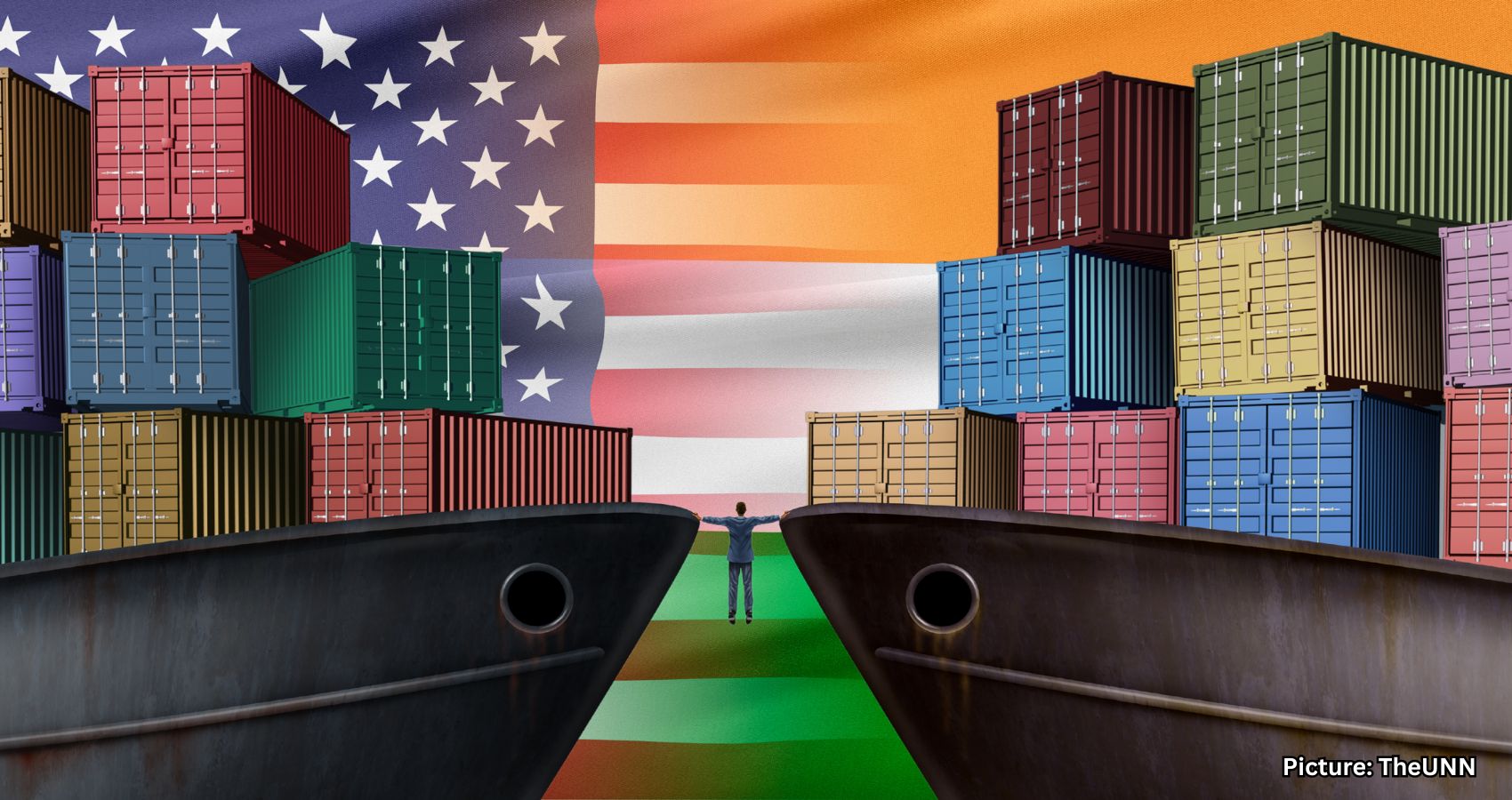An interim trade deal between India and the United States is expected to be finalized within the next two days, as negotiators work to overcome differences primarily surrounding agriculture and dairy sector access.
An interim trade agreement between India and the United States is anticipated to be finalized within the next 48 hours. This development comes just days before the July 9 deadline for President Donald Trump’s proposed reciprocal tariffs, according to sources familiar with the negotiations. The discussions are in their final stages, with India firmly maintaining its position against fully opening its agriculture and dairy sectors to the United States.
India is keen to secure greater access for its labor-intensive industries such as textiles, gems and jewelry, leather goods, plastics, and chemicals. This aspect of the negotiations reflects India’s effort to expand its presence in the U.S. market while safeguarding its own sensitive sectors.
The key sticking point involves the Trump administration’s insistence on wider access to India’s agricultural sector. Lead negotiator and special secretary Rajesh Agarwal has had to extend his stay in Washington as talks continue. India has resisted lowering tariffs on genetically modified crops such as corn, soybeans, rice, and wheat grown in the United States, and has also rejected the opening of its dairy sector, which supports over 80 million workers.
The reluctance to ease restrictions on agriculture is rooted in the politically sensitive nature of the sector in India, where fears of increased foreign competition could spark farmer protests. This resistance illustrates the complexities facing trade negotiators as they attempt to balance domestic political concerns with international trade objectives.
President Trump has previously accused India of being a significant abuser of tariffs and has threatened to impose a 26% duty on Indian imports under a set of reciprocal tariffs announced on April 2. While he suspended these tariffs for 90 days to provide time for negotiation, Trump has reiterated the need for a trade deal with reduced tariffs that enables open competition between the two nations.
“I think we are going to have a deal with India. And that is going to be a different kind of a deal,” Trump said, emphasizing that less restrictive trade policies would allow both countries to compete effectively. He called for India to open its markets to foreign competition, suggesting that an agreement on reduced tariffs could be reached soon.
The bilateral trade agreement (BTA) aims to significantly increase trade between the two countries, with a target of doubling its value to $500 billion by 2030. This ambitious goal was also highlighted during Prime Minister Narendra Modi’s visit to the United States earlier this year.
As both sides work to finalize the terms of the trade pact, the outcome will be closely watched by industry stakeholders and policymakers in both countries, who hope to see a sustainable path forward for U.S.-India trade relations.
Source: Original article

